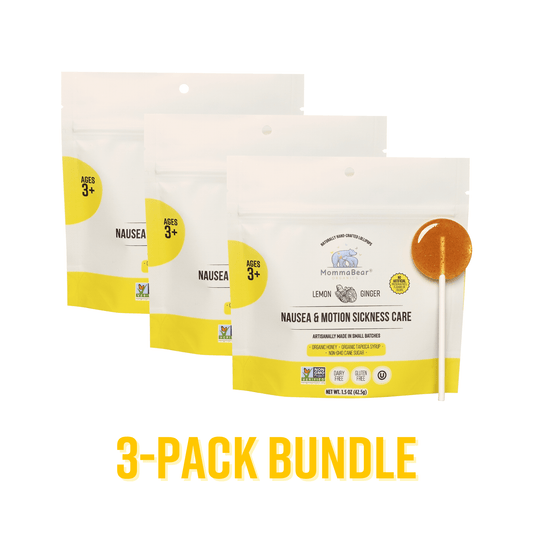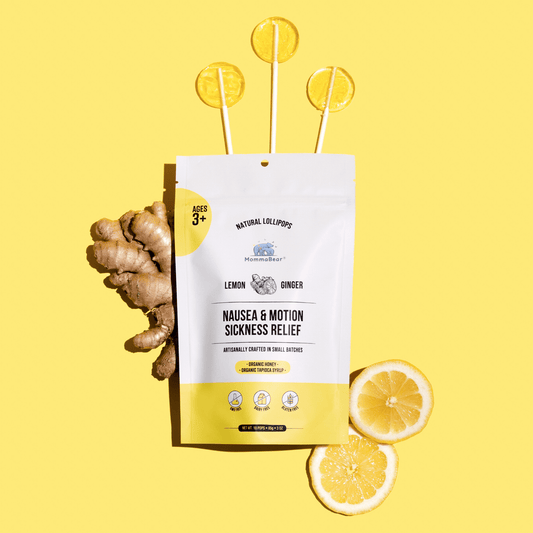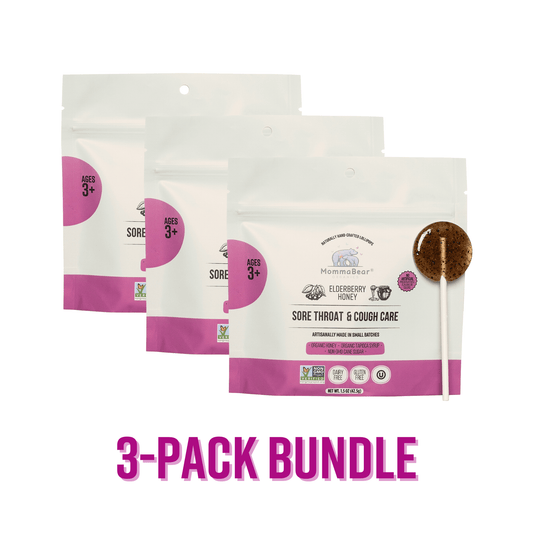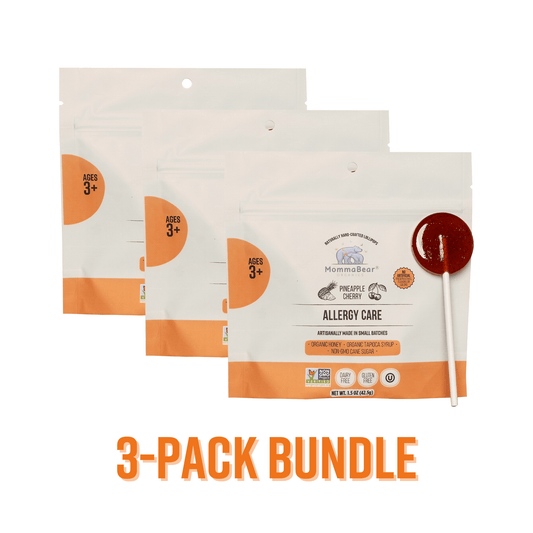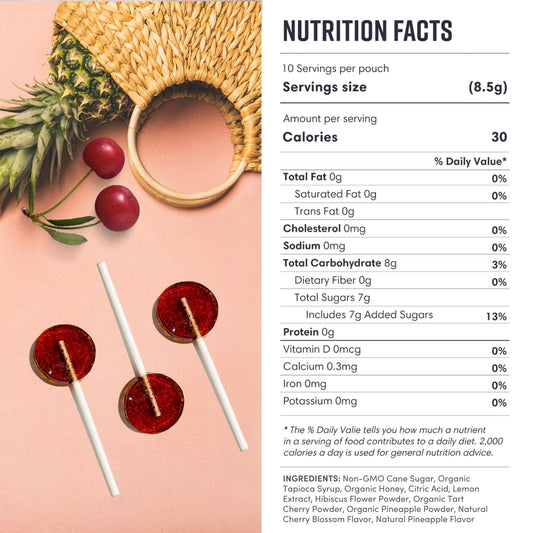So, spring is here. Which is lovely, I mean, flowers and sunshine, finally. But it also means the bees are back. They seem to pop up as soon as it’s warm enough to go outside without a real coat, you know? They’re just out there, doing their thing, foraging and whatever. Usually, it’s fine. But it’s always in the back of your mind.
I had one of those moments last summer. We were at the park, just a normal afternoon, and my son, who is in his full-on toddler discovery phase, just plows his scooter straight into a giant pile of leaves. And of course, he dives in headfirst after it. Before I could even get to him, he turned around, and I heard that cry. The high-pitched one. If you’re a mom, you know the one. The ‘this isn’t a tantrum, this is real pain’ cry. My heart just dropped. And when I got closer, I saw it—a little bee, clinging to his chin. I swatted it away, but, well, it was too late.
You’d think I’d be a pro at this by now. Growing up, we got stung all the time. It was just part of playing outside. I have this vivid memory of my little brother getting stung by a wasp through his pajamas, right on the butt! A few years ago, a wasp got me right as I was walking into a friend’s house. But the scariest time was last summer, when a huge bumblebee somehow flew into my car while I was driving and stung me on my inner thigh. I was so grateful I wasn't on the highway. I just pulled over, my hands shaking. It hurts, obviously, but when you have an allergic reaction, it’s a whole different level of scary. And when it’s your kid… well, your brain just goes to the worst-case scenario.
The Really Scary Stuff: Anaphylaxis
This is the part that keeps me up at night. A really bad, life-threatening allergic reaction is called anaphylaxis. I read somewhere that it’s actually pretty rare in kids, something like 4 out of 1,000, which helps me breathe a little easier. But you still have to know what to look for.
The big signs are hives, but not just a few—hives all over, especially on the face, along with trouble breathing or swallowing. They might also get a headache, feel dizzy, or even start throwing up. It all happens pretty fast, usually within a couple of hours of the sting. If you see any of this, don't wait. Just call 911 immediately. It's a true emergency, and they'll need medicine like epinephrine to help them breathe.
Okay, But What If It’s Just a Normal Sting?
So, if you’ve dodged that scary allergic reaction bullet (thank goodness 🙏), there are a bunch of things you can do at home. My parents were champions of home remedies, and lucky for us, they usually worked.
Here are a few things that I always keep in my back pocket:
-
Aloe Vera: My mom was all about fresh aloe vera. We lived near these great ethnic supermarkets where you could buy the actual leaves. She’d just peel the skin off and slap the gooey, fleshy part right on the sting. It felt so incredibly cooling and good. She used it for sunburns, too. You can totally just buy the gel from a pharmacy, which is probably easier. I learned later that it has stuff in it that calms down swelling and keeps it from getting infected, so it’s not just an old wives' tale.
-
Baking Soda: This is the classic, right? The go-to. I think the idea is that it helps cancel out the acid in the bee venom. I saw that even the CDC suggests a recipe for a baking soda paste for mosquito bites, and a lot of people use it for bees, too. They have this whole precise recipe, but honestly, I don't get that scientific with it. My mom always just mixed baking soda with a little water until it was a thick paste, spread it on, and then covered it with a bandage to keep it from getting all over the place and let it soak in.
-
Honey: And of course, honey. We here at MommaBear Organics are a little obsessed with it, but it’s honestly a powerhouse. It’s got these natural compounds that fight inflammation, so it can really help with the swelling. Plus, it’s antibacterial, which helps the sting heal faster and keeps it clean. Some hospitals even use special honey extracts on wounds, which is pretty cool. My only advice? Put a little bit on the sting and then cover it with a bandage. And maybe do it inside, so the smell doesn’t attract more bees. That would just be my luck. 😅
If your little one seems to be in a lot of pain, a regular pain-reliever is probably a good idea, too. After I got my son home that day, I cleaned him up, put a little baking soda paste and a bandage on his chin, and gave him a warm bottle of milk. He was back to his old self in no time. He's a tough little guy.
It’s funny, you do all the things… the paste, the cuddles, the milk… and they bounce back so fast. But that moment, that initial scream, that stays with you a little longer, you know? It’s just one of those things about being a mom, I guess. Always learning, always worrying just a little bit.


